Home » Feel Confident Again with a Breast Lift in Turkey
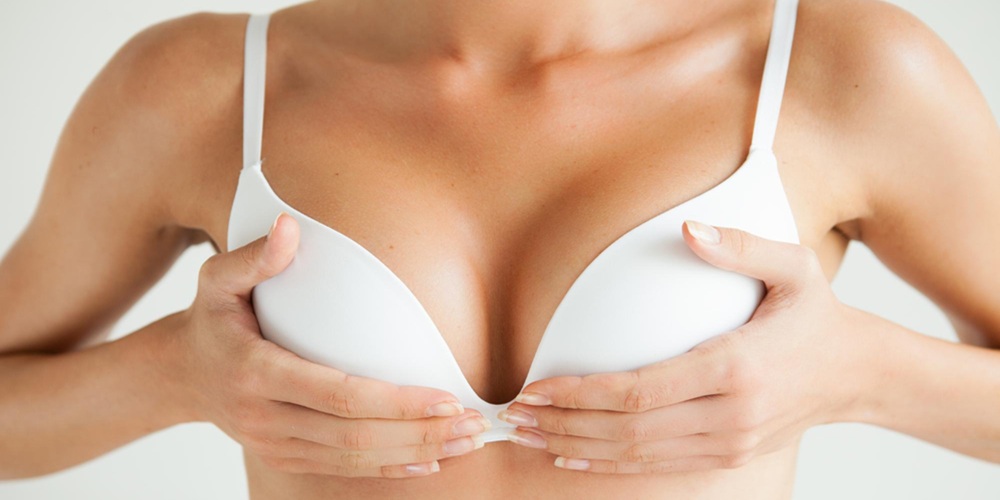
Breast lift surgery in Turkey—clinically known as mastopexy—is a set of techniques that re-positions and reshapes breasts that have descended (ptosis) due to aging, pregnancy, breastfeeding, weight fluctuation, or genetics. The aim is to restore a firmer, more youthful breast contour by elevating the nipple–areola complex and tightening the breast envelope, with or without altering breast volume. For women who want perkier, more proportional breasts without a significant change in size, a breast lift in Turkey provides a safe, elegant solution with predictable cosmetic outcomes.
Over the last decade, Turkey has risen to the top tier of global destinations for cosmetic breast procedures. Patients fly in for short waiting times, consistent quality, internationally accredited clinics, and all-inclusive packages that simplify travel logistics. For many, Istanbul is where aesthetic artistry and medical rigor meet: the care is attentive, the coordination is seamless, and the clinical outcomes are built on experience and modern technique.
Women choose mastopexy Turkey for many reasons. As the skin and supportive ligaments (Cooper’s ligaments) stretch, breast tissue may descend; the areola can widen, and nipples can rotate downward. Many patients describe their breasts as looking “deflated” or “empty” after breastfeeding or major weight changes—especially in the upper pole. Clothes may no longer fit as intended; strapless dresses and lightly lined bras offer limited support; and the silhouette can feel aged relative to the rest of the body.
A breast lift focuses on shape, position, and projection rather than pure volume. For some, mastopexy alone restores ideal proportions. For others, combining a lift with augmentation (implant or fat transfer) or with breast reduction (if volume is excessive) yields the most harmonious result. The psychological benefits are frequently profound: women often report renewed body confidence, a more youthful profile in clothing, and comfort in activities they had begun to avoid.
What a lift can improve:
Nipple–areola positioned below the inframammary fold
Downward-pointing nipples and enlarged areolae
Flattened upper pole with most volume sitting low (bottoming-out)
Asymmetry of nipple level or breast footprint
Loss of firmness and poor bra fit despite adequate support
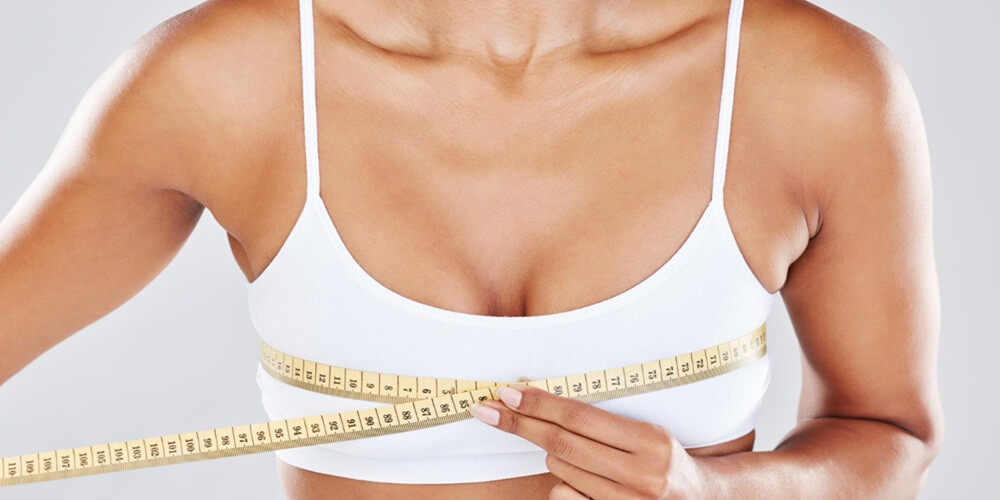
Unlike very large, heavy breasts (which often cause neck or back pain), the main burden of moderate breast ptosis is aesthetic, functional, and emotional:
Aesthetic: The breast mound sits lower, nipples point downward, and the upper chest may look hollow in dresses or swimwear.
Functional: Bras work overtime to hold shape; strapless styles are impractical; support lines show under fitted clothing.
Emotional: Persistent dissatisfaction with the mirror image reduces confidence, intimacy comfort, and the enjoyment of fashion and movement.
A smaller areola, a lifted nipple, and a re-draped envelope often transform the breast’s relationship with clothing and posture. Women consistently describe a “lightness” to their chest—not because weight is removed, but because support is restored to its anatomical position.
Emotionally, patients feel more aligned with their age and energy level; the breast position finally mirrors how they feel on the inside. Self-image improves, social confidence returns, and many rediscover previously avoided garments and activities.
Physically, a lifted breast:
Centers the nipple at a youthful height on the breast mound
Redistributes tissue for better upper-pole fullness (with or without implants)
Reduces areolar dilation for a refined, proportional look
Enhances bra fit and reduces under-breast irritation from skin-on-skin contact
Mastopexy is not a medical treatment for systemic illness, but the quality-of-life gains—comfort, confidence, and ease—are often dramatic.
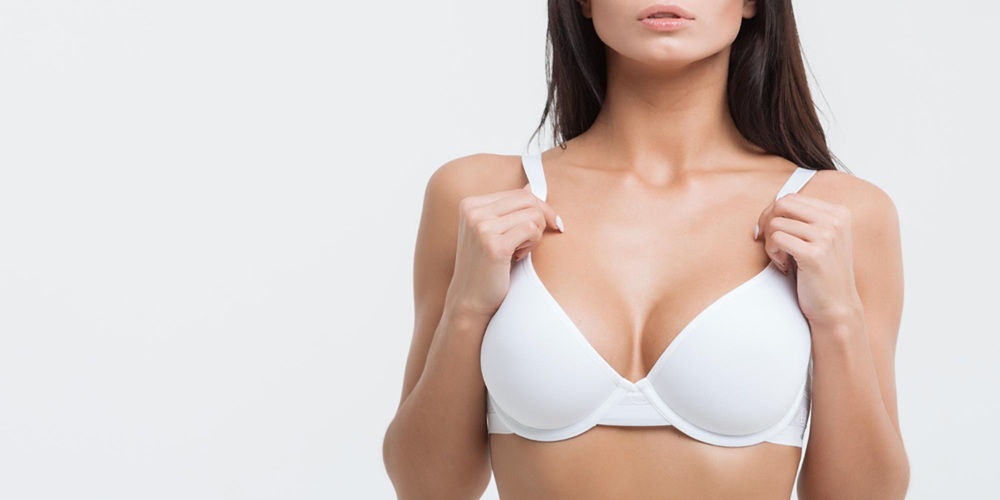
Emotionally, patients feel more aligned with their age and energy level; the breast position finally mirrors how they feel on the inside. Self-image improves, social confidence returns, and many rediscover previously avoided garments and activities.
Physically, a lifted breast:
Mastopexy is not a medical treatment for systemic illness, but the quality-of-life gains—comfort, confidence, and ease—are often dramatic.
Turkey’s appeal extends far beyond pricing. Internationally trained surgeons, modern operating facilities, meticulous nursing care, and a culture of hospitality create a predictable, supportive patient journey. Istanbul’s Plastic, Reconstructive & Aesthetic Surgery departments have decades of tradition and a track record of adopting, assessing, and refining contemporary breast techniques—anchor (inverted-T), lollipop (vertical), and donut (periareolar) patterns; auto-augmentation maneuvers; internal bra concepts; suture suspension methods; and scar-minimizing closure strategies.
At leading centers, the ethos is simple: form and function. The surgeon sculpts and fixes the new breast shape in a higher, longer-lasting position while working to keep scars as discreet as possible. Many international patients cite Istanbul’s unique blend of efficiency and warmth as a core reason they felt safe traveling for surgery.
A breast lift removes excess skin, reshapes the tissue, repositions the nipple–areola complex, and narrows areolae when indicated. It does not primarily change breast volume—that’s augmentation or reduction. However, smart pocketing and parenchymal reshaping can improve upper-pole fullness using your own tissue (auto-augmentation effect). If you desire a fuller cup size, implant-based augmentation or fat transfer may be added. If the breast is too heavy or bottom-heavy, reduction can be included to lighten and refine the shape.
Key planning points:
Ptosis grade (nipple position relative to fold) guides incision choice.
Skin elasticity and stretch marks help predict scar behavior and long-term lift hold.
Asymmetry can be addressed with tailored lifts per side.
Areola can be resized and centered.
Augmentation or reduction can be combined in one stage (when appropriate).
Istanbul is a nexus for mastopexy 2026 thanks to the interplay of high case volume, experienced surgeons, and modern technology. Patients look for predictability: clear packages, accredited hospitals, thoughtful aftercare, and reliable outcomes. Zaren Health and similar centers leverage patient coordinators to book hospitals and hotels, arrange VIP transfers, and ensure translator support—all the small, crucial steps that make international care feel local.
International patients often remark on the attentiveness of Turkish surgical teams. Clear safety protocols coexist with comforting bedside manner: education, empathy, and availability. This fosters trust throughout the process—from consultation to garment fitting to early follow-up—and helps patients navigate normal anxieties about scars, shape, and recovery pace.
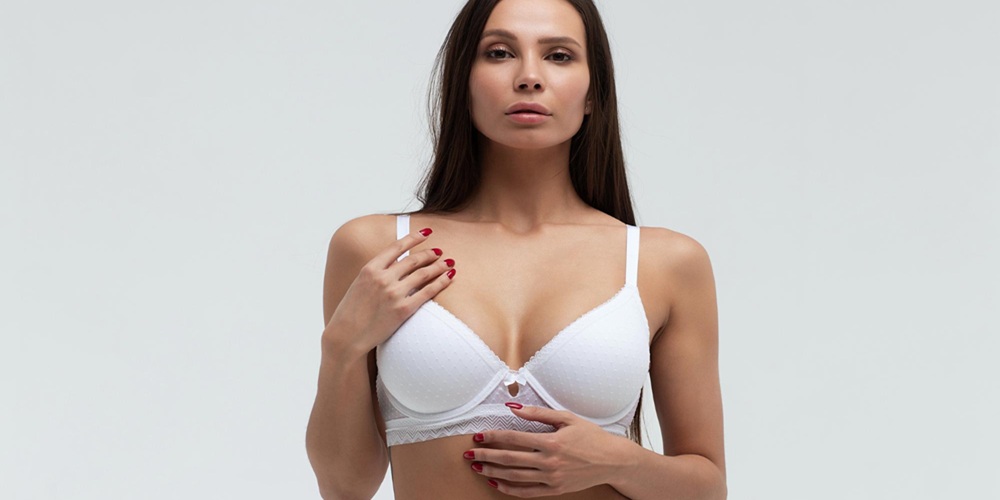
The steps are personalized but generally include:
Marking & Planning
The surgeon maps new nipple height, areolar size, and planned skin excisions with the patient standing to reflect gravity.
Anesthesia & Safety
Typically general anesthesia with modern monitoring (airway, circulation, temperature, DVT precautions as indicated).
Incisions & Tissue Shaping
Depending on ptosis: donut (periareolar) for minor lifts, lollipop (vertical) for moderate lifts, or anchor/inverted-T for more advanced cases. The internal breast tissue is rearranged to create projection and break “bottoming out” patterns.
Nipple–Areola Repositioning
The nipple remains attached to its tissue pedicle (to preserve blood and nerve supply) and is brought to a youthful height and orientation.
Areola Refinement
Areolar diameter can be reduced for proportion and symmetry.
Closure & Dressings
Multi-layer closure reduces tension. Dressings and a support bra are applied.
Recovery Start
Patients are mobilized early, medications started, and discharge timing depends on the clinic and procedure complexity.
Operation time: ~1.5–3 hours depending on technique and add-on procedures.
Mastopexy = skin tightening + tissue reshaping + nipple/areola elevation.
Shape over size: The priority is position and contour, not volume change.
Internal architecture: Surgeons create a strong internal mound that holds shape higher on the chest.
Scar logic: More lift typically requires more skin tailoring, so incision choice balances lift amount with scar length.
Add-ons: If upper fullness is a must, discuss implant or fat transfer. If heaviness is a problem, consider small reduction elements.
Scars:
Donut (around areola) for minor lifts—subtle but limited lifting power.
Lollipop (around areola + vertical) for moderate lifts—strong lift with moderate scarring.
Anchor (around areola + vertical + horizontal fold) for maximal reshaping power—best control of shape in significant ptosis.
Sensation:
Most women keep useful nipple sensation, though temporary changes are common. Permanent change is uncommon but possible with any breast surgery.
Shape evolution:
Swelling subsides in weeks; the breast “settles” and softens over months. The upper pole fills and the lower pole firms as collagen matures.
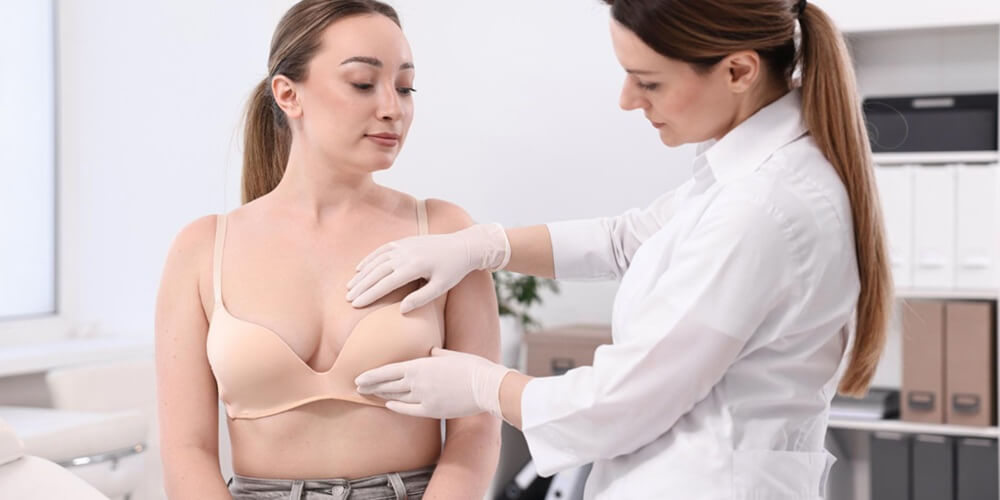
Istanbul’s East-meets-West charm is matched by Zaren Clinic’s coordinated patient journey. From the first message, a dedicated coordinator guides each step: candidacy screening, surgeon matching, travel logistics, and day-by-day plans. The pre-op consult refines nipple position, areolar diameter, incision type, and whether augmentation or reduction should be paired.
Patients commonly highlight Zaren’s balance of precision and empathy—an approach that reinforces confidence at each milestone: consultation, surgery day, garment fitting, and the early healing checkpoints.
Assessment includes:
Ptosis grade and skin elasticity
Areolar size and symmetry
Chest wall width, breast footprint, and nipple position
Desire for upper-pole fullness (implant/fat) or lightening (reduction blend)
Lifestyle, pregnancy plans, weight stability, and smoking status
Outcome planning: The surgeon proposes incision type and internal reshaping strategy. Photos help anchor expectations; 3D simulation may be used where available.
Your coordinator streamlines everything: airport pickup, hotel, appointment reminders, garment instructions, and discharge documents for home care. Many international patients say this human “bridge” made the experience stress-free, especially the first week when reassurance matters most.
Breast lift cost Turkey sits below UK/US/Western Europe levels while preserving quality. Reputable centers outline transparent, all-inclusive packages—no surprise line items.
Typical inclusions:
Surgeon & anesthesia fees
Hospital/OR charges
Pre-op tests and consults
Support bra & dressings
Post-op meds (routine)
4–5★ hotel nights
VIP transfers
Translator/coordinator
Scheduled check-ups and remote follow-up
Guide ranges (indicative):
Standard mastopexy: ~$3,000–$4,500
Lift + implants (augmentation-mastopexy): ~$3,800–$5,200
Lift + minor reduction blend: ~$3,500–$5,000
Mommy makeover (tummy tuck + lift): ~$6,500–$9,000
Your final quote reflects incision complexity, combined procedures, implant type (if used), and hospital category.
Look for clear itemization: how many hotel nights, which garments, whether lymphatic therapy is recommended, and policies for extra nights if medically required. Package transparency helps compare clinics apples-to-apples and removes anxiety about “hidden extras.”
Turkey: competitive pricing with all-inclusive structure and high case volume
UK/USA/Germany: higher base costs, fees often unbundled (OR, anesthesia, garments, follow-ups)
Net effect: Turkey typically offers substantial savings at a comparable safety level when using accredited centers
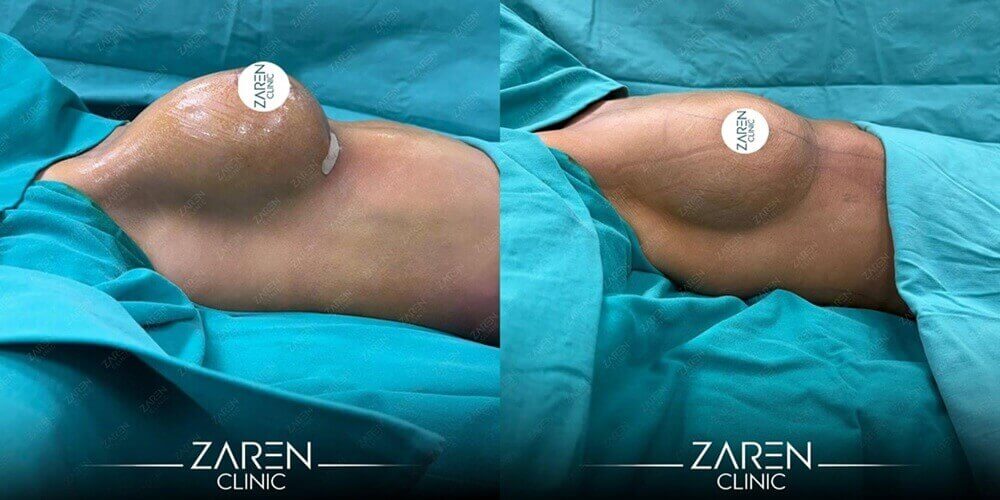
Galleries tell the story best: raised nipple position, tightened envelope, refined areolae, and restored upper-pole contour. Results vary by anatomy and plan—some prefer a natural slope without implants; others want pronounced cleavage via augmentation-mastopexy.
Lift potential is governed by skin quality, ptosis degree, and incision design. Your surgeon balances lift strength with scar minimization for the most durable, symmetric result.
Ideal candidates:
Breasts that sit low with nipples below the fold
Downward nipple orientation / stretched areolae
Post-pregnancy/post-weight-loss ptosis
Stable weight, non-smoker (or willing to stop), realistic expectations
Desire for shape/position change more than size change
If you also want:
More volume: consider lift + implants or fat transfer
Less heaviness: consider a small reduction blended into the lift
Good signs:
No uncontrolled medical conditions
Willingness to follow garment and activity rules
No immediate pregnancy plans (to preserve results)
Understanding that scars are required to achieve a significant lift
Relative cautions:
Active smoking or nicotine exposure
Unstable weight / planned major weight loss
Unrealistic goals for scar invisibility or “implant-like” fullness without augmentation
Clear disclosure during consultations enables tailored surgical planning and risk reduction.
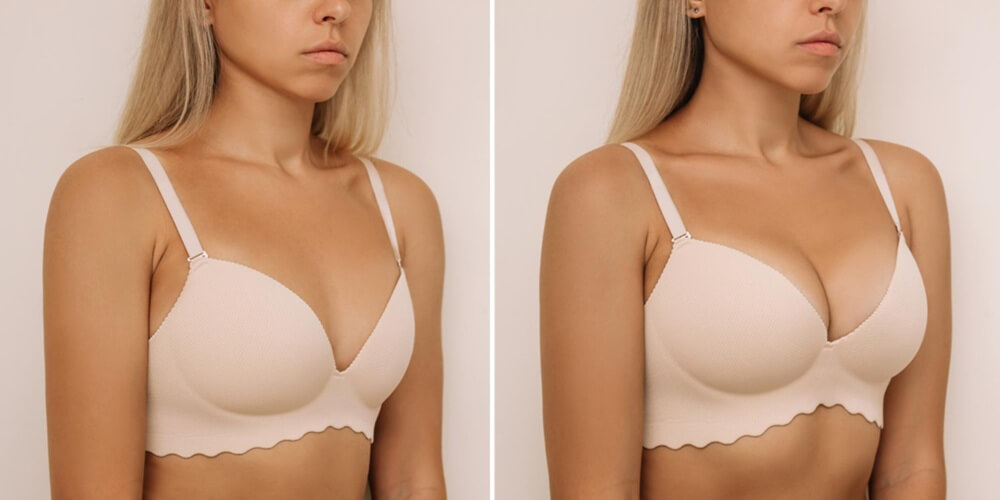
The first months bring visible change: uplifted breasts, centered nipples, and a compact envelope. Healing is a process, and your tissue remodels (collagen maturation) over 6–12 months.
General timeline (varies by case and clinic protocol):
Days 1–7: Support bra 24/7; short walks; keep dressings dry/clean; sleep semi-elevated
Week 2: Light desk work for many; stitches removal if applicable; bruising fades
Weeks 3–4: Gradual return to daily tasks; scar care begins per surgeon
Weeks 5–6: Low-impact cardio; still no heavy lifting or chest strain
Months 3–6: Most activities resume; bras widen in variety; scars soften
Months 9–12+: Final contour; scars lighten toward pale
Compression & positioning matter. The support bra limits shear on healing tissue, encourages even settling, and helps protect suture lines. Following garment timelines is one of the strongest predictors of beautiful scars and stable shape.
Avoid early on:
Heavy lifting, vigorous shoulder/arm movements
Smoking/nicotine (impairs healing and scars)
Swimming, sauna, direct sun on incisions
Underwire bras until cleared
Embrace:
Hydration and protein-rich nutrition
Gentle walks to enhance circulation and reduce clot risk
Surgeon-approved scar therapy (e.g., silicone)
Consistent follow-up attendance (in person/remote)
While techniques differ, the core sequence is consistent: precise markings → conservative skin removal → tissue reshaping → nipple elevation → tension-balanced closure. The goal is a longer-lasting, perky breast mound supported by an internal framework, not just a skin “tightening.” This internal work helps resist recurrent bottoming-out.
Support bras counter gravity and reduce fluid accumulation. Most protocols suggest 6–8 weeks of continuous support, then a step-down. Underwire is usually delayed until comfort and incision maturity permit.
Scar behavior: Color evolves from pink/red → light brown/rose → pale over 12–18 months. Some skin types are prone to hypertrophy or pigment change; proactive management (tapes/silicone/laser) helps. Sun protection is vital to avoid long-term discoloration.
Back to work & travel: Many resume desk work around 1–2 weeks, depending on comfort and job demands; flying is often allowed 7–10 days after if clinic clears. Always confirm DVT precautions and lifting restrictions before travel.
Safety is anchored in surgeon qualifications, hospital accreditation, and structured aftercare. Turkey’s leading clinics operate to international standards: JCI/ISO accreditations, modern anesthesia, and infection-control protocols. Proper case selection, perioperative antibiotics as indicated, and early mobilization all reduce risk.
Choose well by checking:
Surgeon’s dedicated breast surgery portfolio (before/after)
Clear consent and complication discussion (seroma, infection, wound delay, sensation changes, unfavorable scarring)
Drain policies, garment instructions, and emergency access
Transparent revision philosophy and follow-up cadence
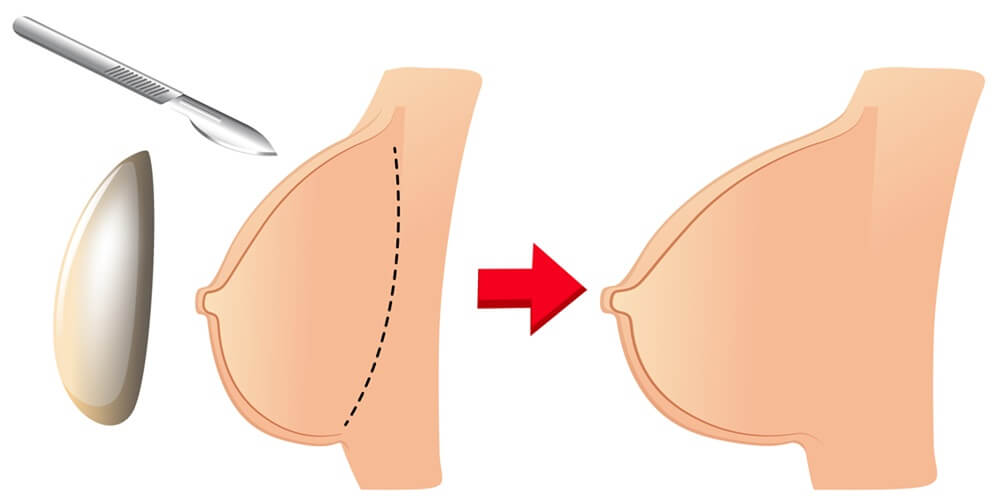
High-quality clinics proudly display accreditation and surgeon credentials. Independent reviews and real patient stories give added context: bedside manner, responsiveness, and long-term satisfaction with scars and shape. Remember: a lift trades scar length for meaningful repositioning—a fair exchange when artistry and technique are strong.
International patients receive the same legal protections and information rights as domestic patients. Prior to surgery, you should receive a clear plan, discussion of risks and benefits, and written instructions for before/after care. Good practice includes two-way communication—ask every question; request every clarification.
Typical reflections:
“I finally have upper-pole shape again—bras fit beautifully.”
“I was nervous about scars, but they sit low and are already fading.”
“I wish I’d done it earlier—summer clothes feel fun again.”
Post-op discomfort is manageable and front-loaded to the first few days. Energy comes back steadily, and by 1–3 months, women usually feel at home in their new silhouette.
Imagine stepping into a dress that finally hangs the way it was designed. The mirror reflects youthful projection where it used to flatten. Scar lines—placed strategically and cared for consistently—fade into quiet, pale reminders of a decision that gave you your shape back. That’s everyday life after mastopexy.
Patients often describe Zaren’s pathway as smooth and supportive: fast scheduling from initial inquiry to surgery, straightforward package pricing, and excellent aftercare. Many mention the relief of having a single coordinator to liaise with the surgeon, arrange transport, and keep the recovery on track. The most common phrase in reviews: “I feel like myself again.”
A surgical procedure that raises and reshapes the breasts by removing excess skin, repositioning the nipple–areola complex, and sculpting the tissue into a higher, firmer mound.
Not necessarily. Mastopexy targets position and shape. If you want a significantly larger or smaller size, consider combining lift with breast augmentation or a breast reduction.
It depends on ptosis severity and skin quality. Minor lifts may use periareolar incisions; advanced ptosis often needs an anchor pattern for the most stable, symmetric result.
Roughly 1.5–3 hours, longer if combined with implants, fat transfer, or reduction elements.
Most women maintain useful sensation; temporary changes are common. Permanent changes are uncommon but possible with any breast surgery.
Light desk work: ~1–2 weeks (surgeon-dependent). Low-impact cardio: ~4–6 weeks. Chest/upper-body training resumes later with clearance.
Many years. Aging continues, but good skin care, stable weight, and proper support help maintain shape. Future pregnancy or major weight change can affect the lift.
For a safe breast lift abroad Turkey, clinic choice matters as much as technique. Zaren Health stands out for:
Internationally accredited partner hospitals and board-certified plastic surgeons
All-inclusive breast lift packages (hotel, transfers, coordination, aftercare)
Personalized plans (lift alone, augmentation-mastopexy, or lift-with-reduction)
Transparent pricing and clear timelines
English-speaking coordinators and structured remote follow-up
Patients consistently highlight their breast lift before and after Turkey outcomes—elevated nipples, refined areolae, firmed mounds—and the ease of the Zaren journey. If you’re seeking the best breast lift clinic Turkey experience, Zaren Health combines surgical excellence with the warmth and reliability that turn a complex trip into an empowering transformation.
This comprehensive Breast Lift in Turkey guide translates the depth and complexity of your original “reduction” content into a mastopexy-focused resource. It preserves the long, structured, and medically accurate tone while aligning each section—indications, techniques, scars, safety, costs, recovery, and the Zaren pathway—with breast lift rather than breast reduction.
Hello!